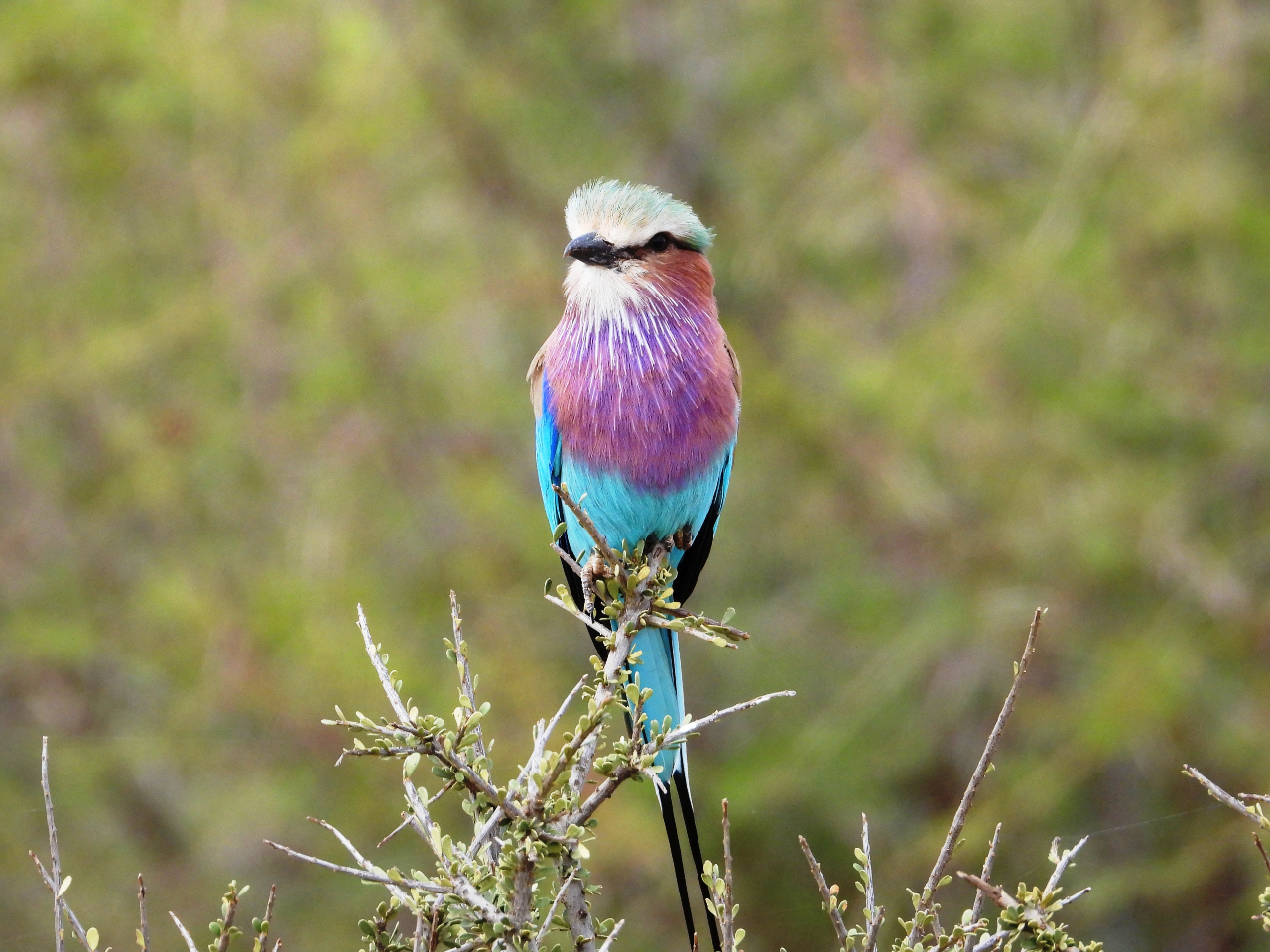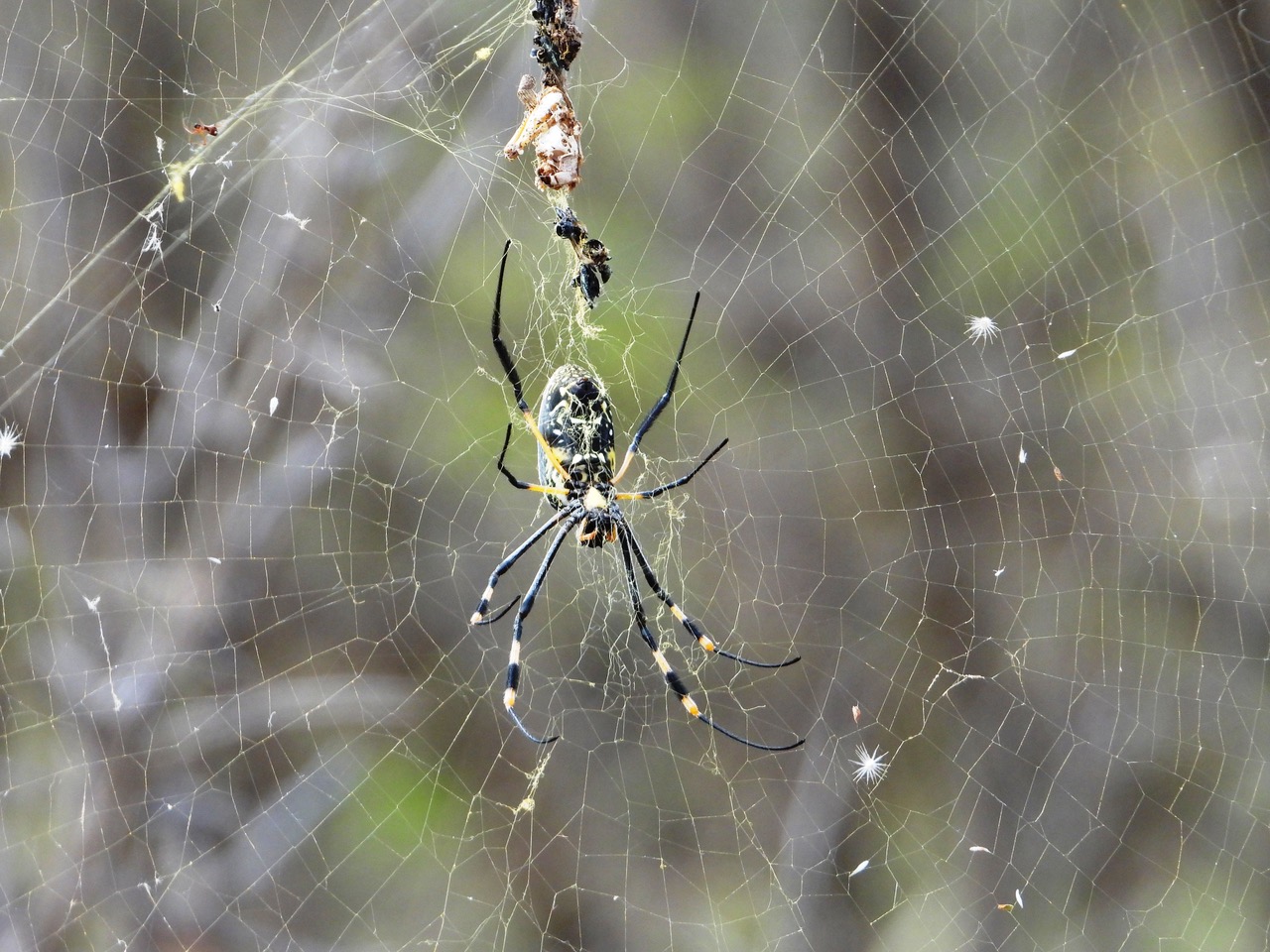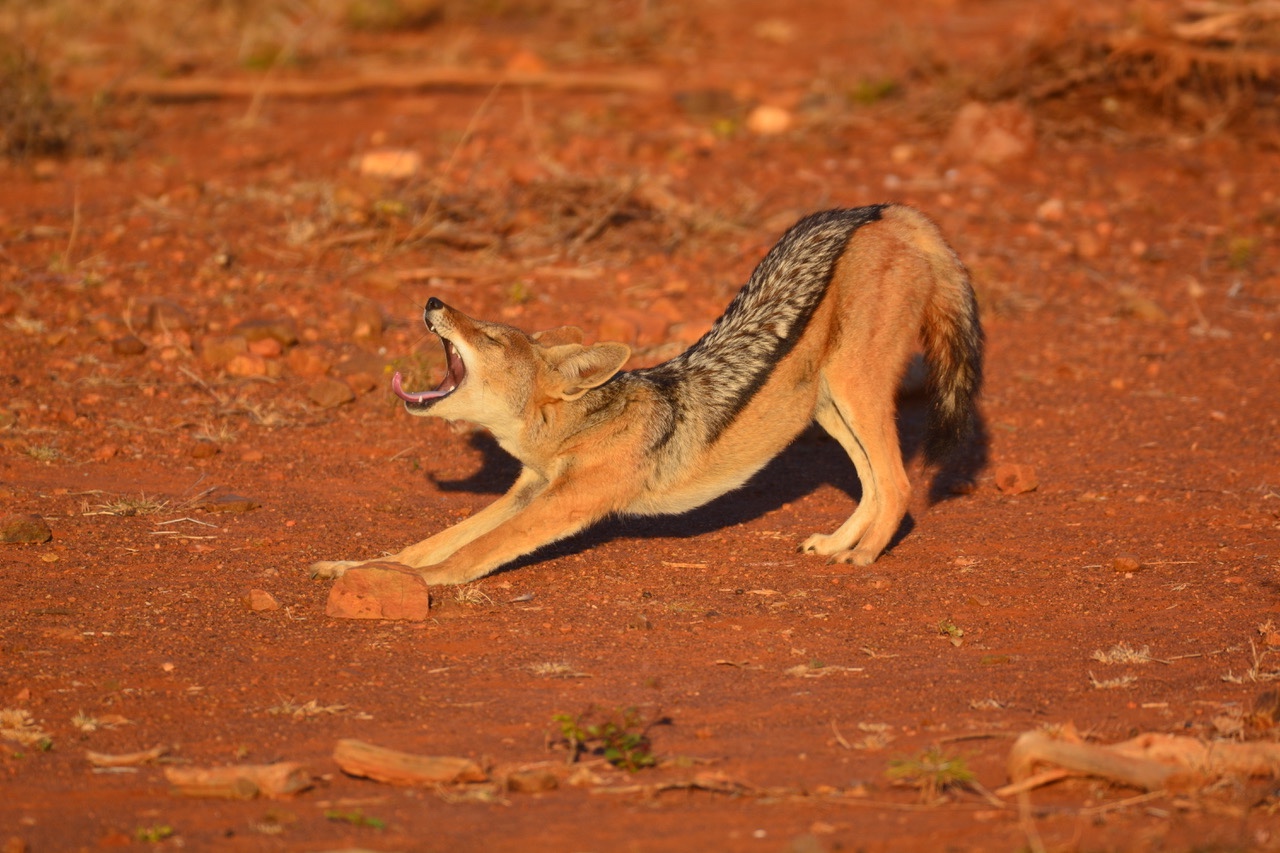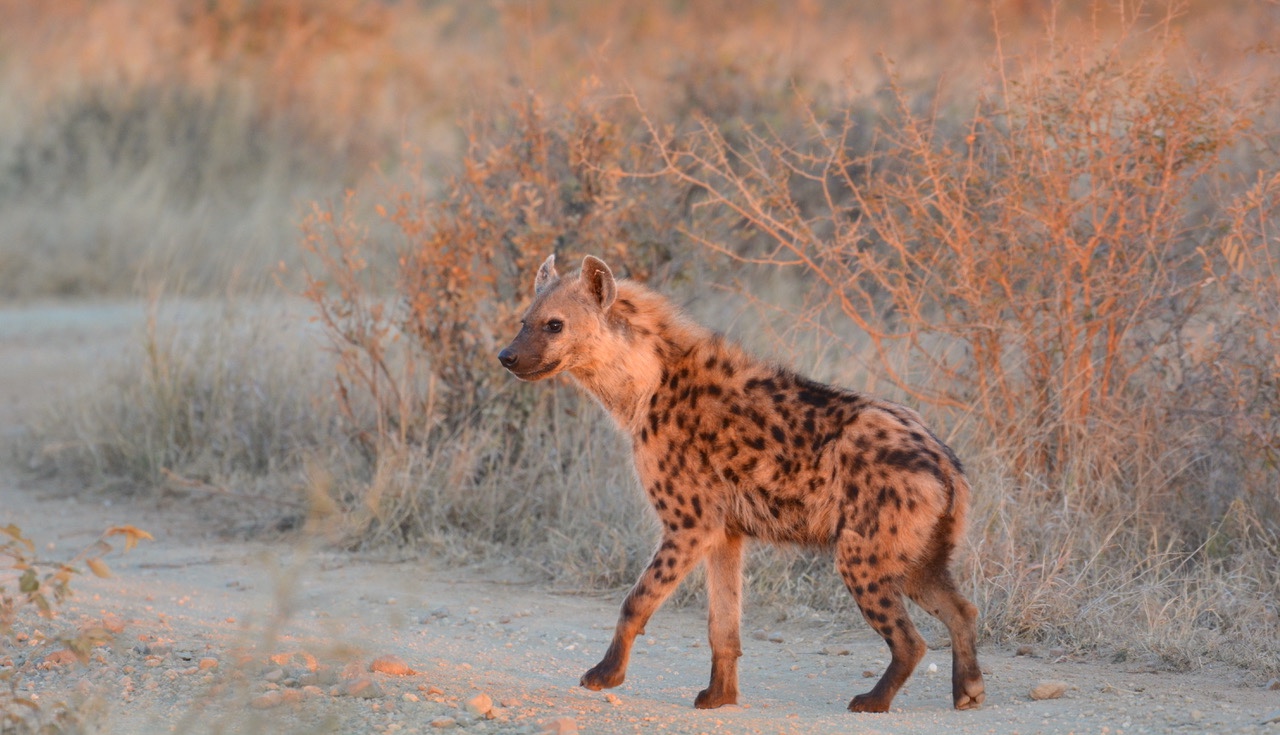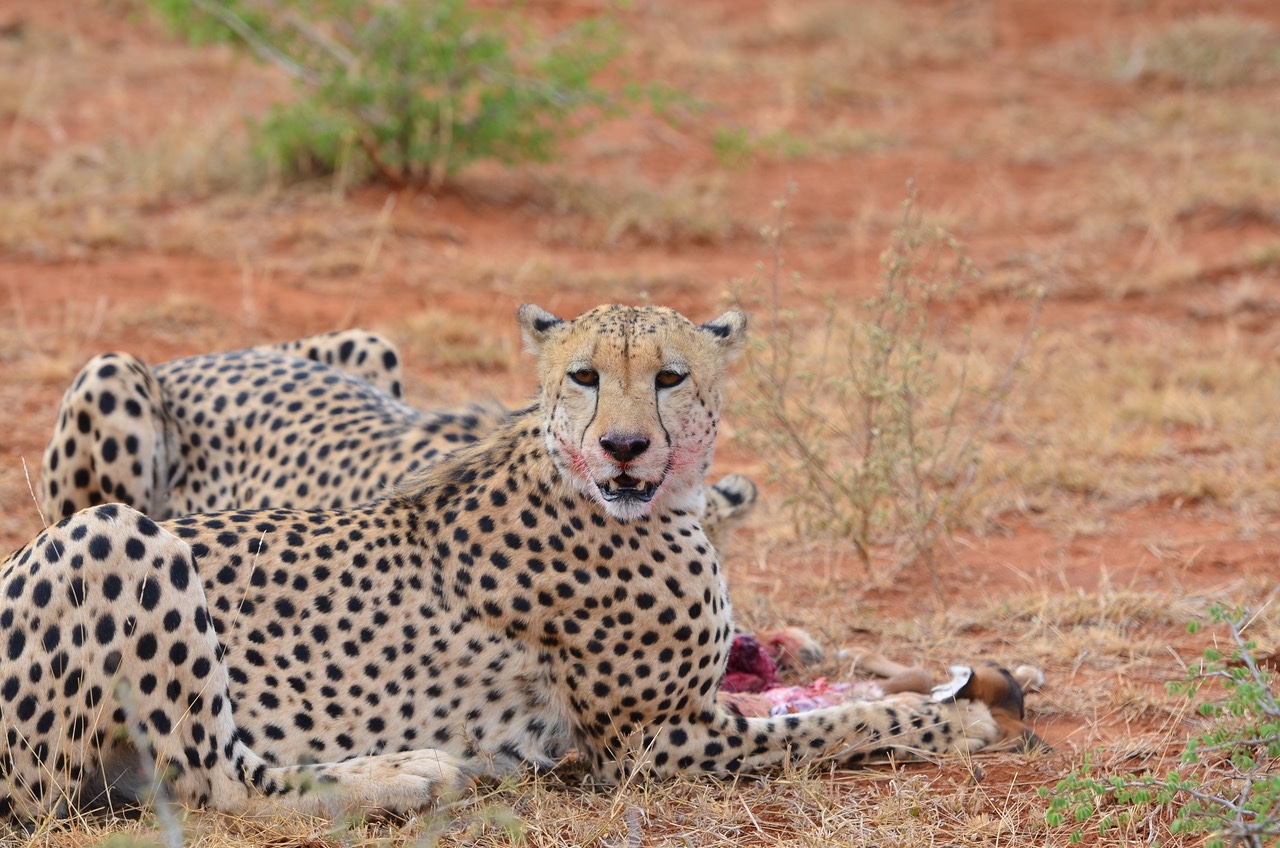What to do before you leave home: Spend some time getting to understand how your camera works. Not everyone is a camera buff - so practicing a bit is a great idea - especially if you are working with new equipment.


Preparation: Take some time to understand a bit about animal behaviour - this will give you a better chance of spotting them, and you will be able to predict their actions and get better shots. When we have guests on the game vehicle, we share some of our knowledge and are always available to answer questions. Building enthusiasm for the bush is all part of the experience.
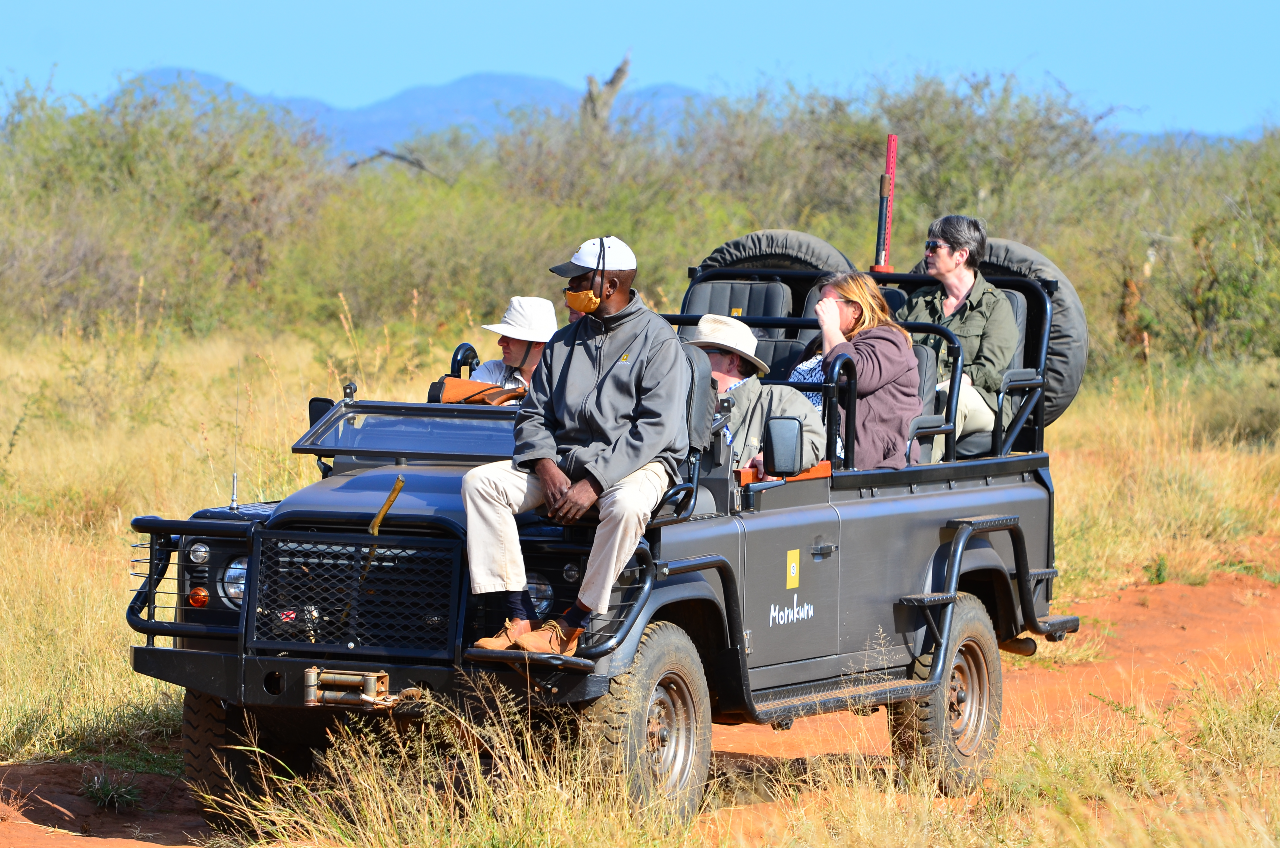

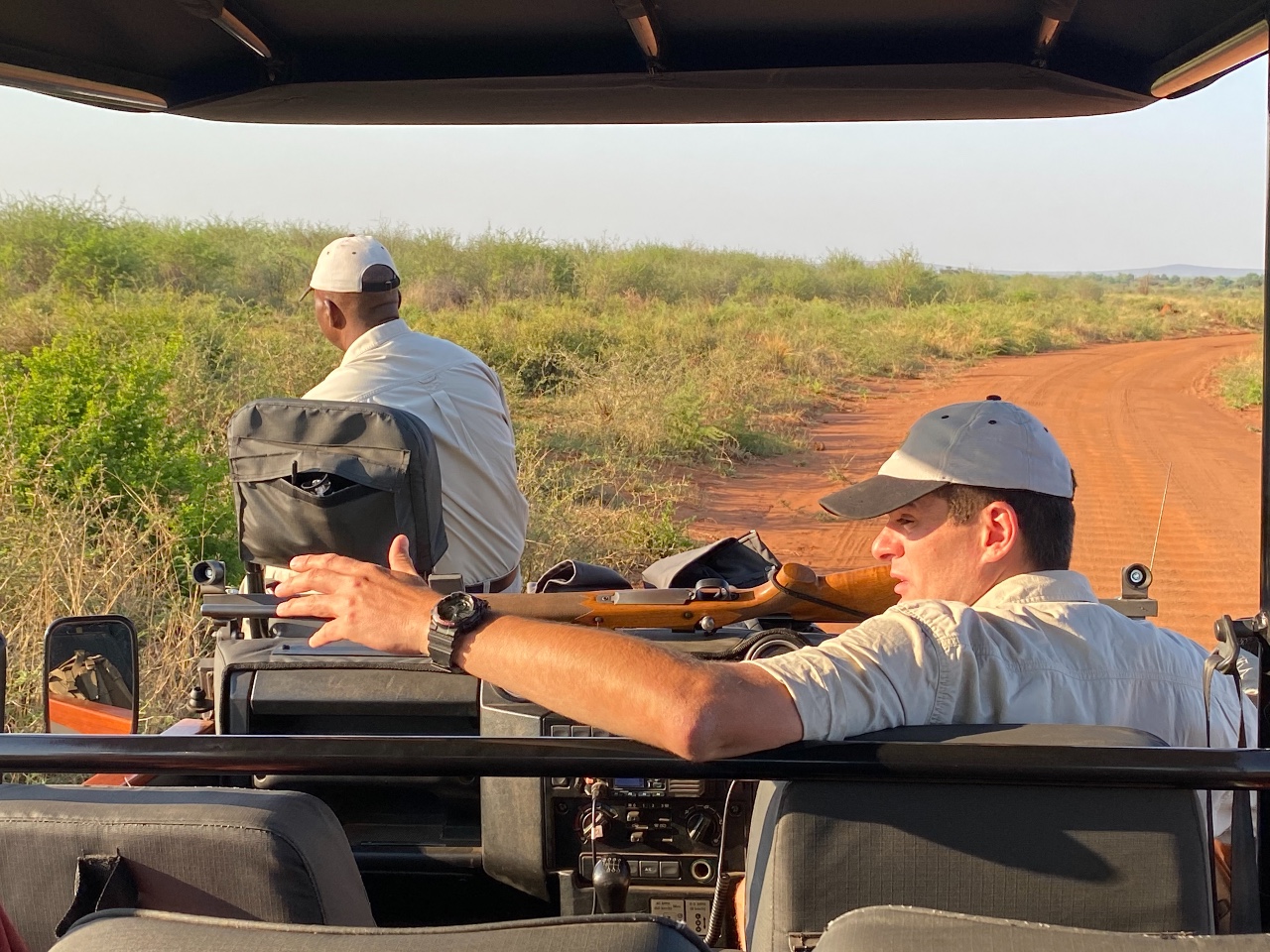





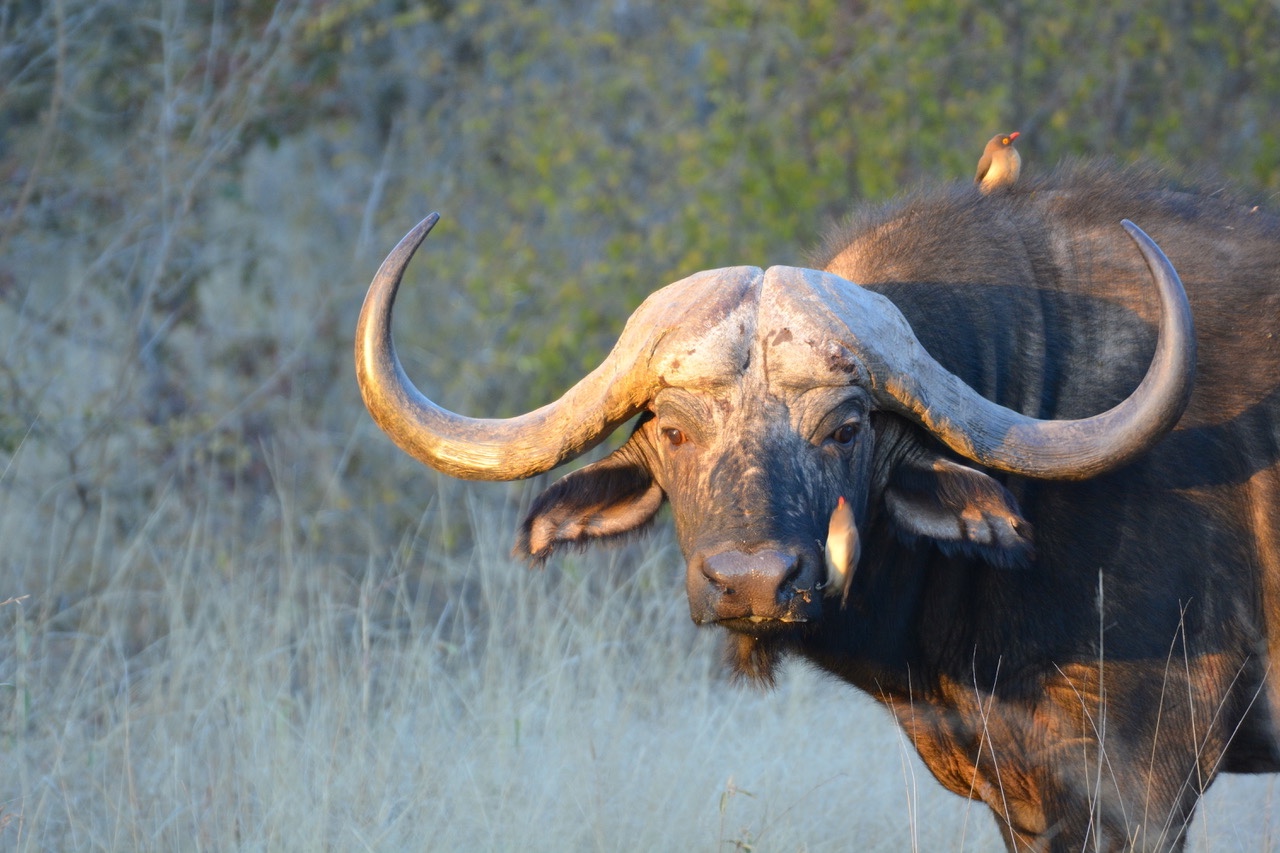

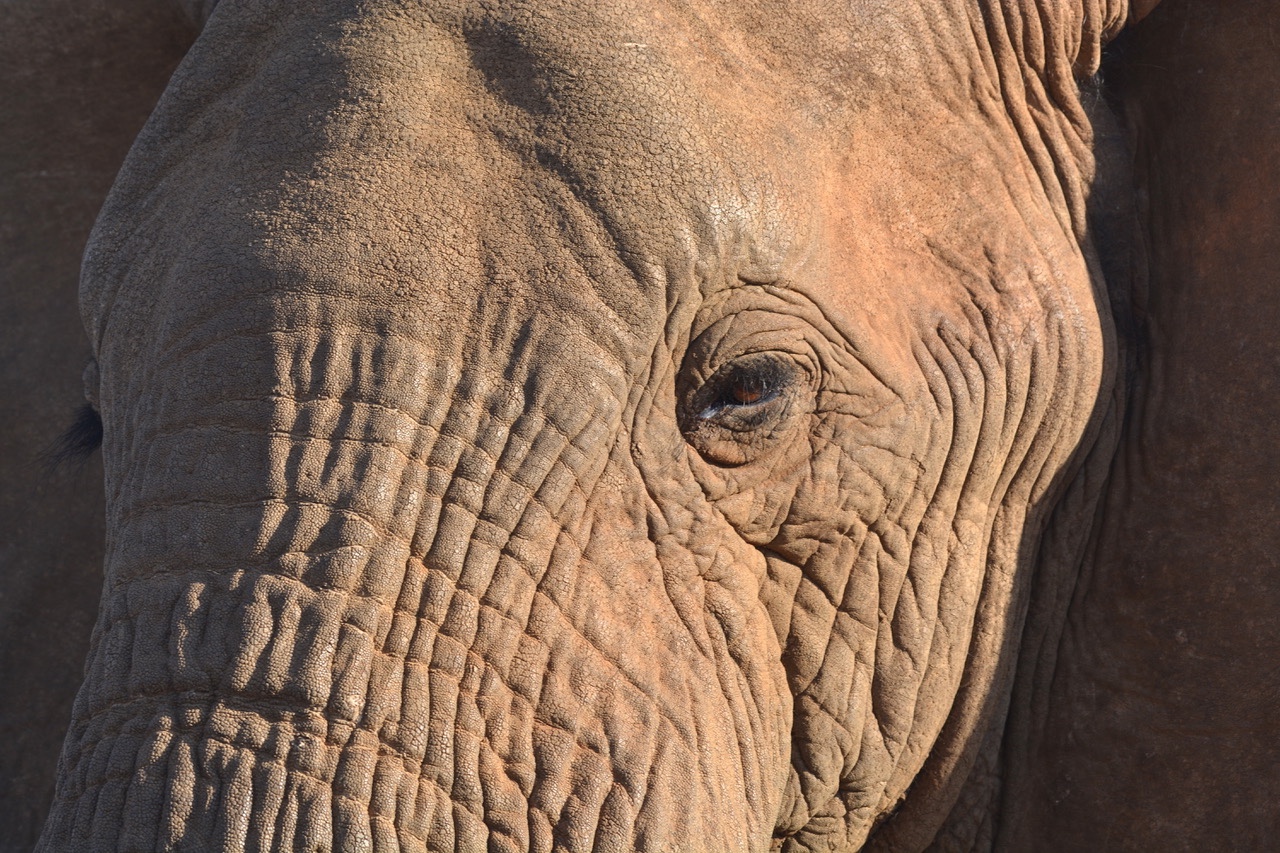

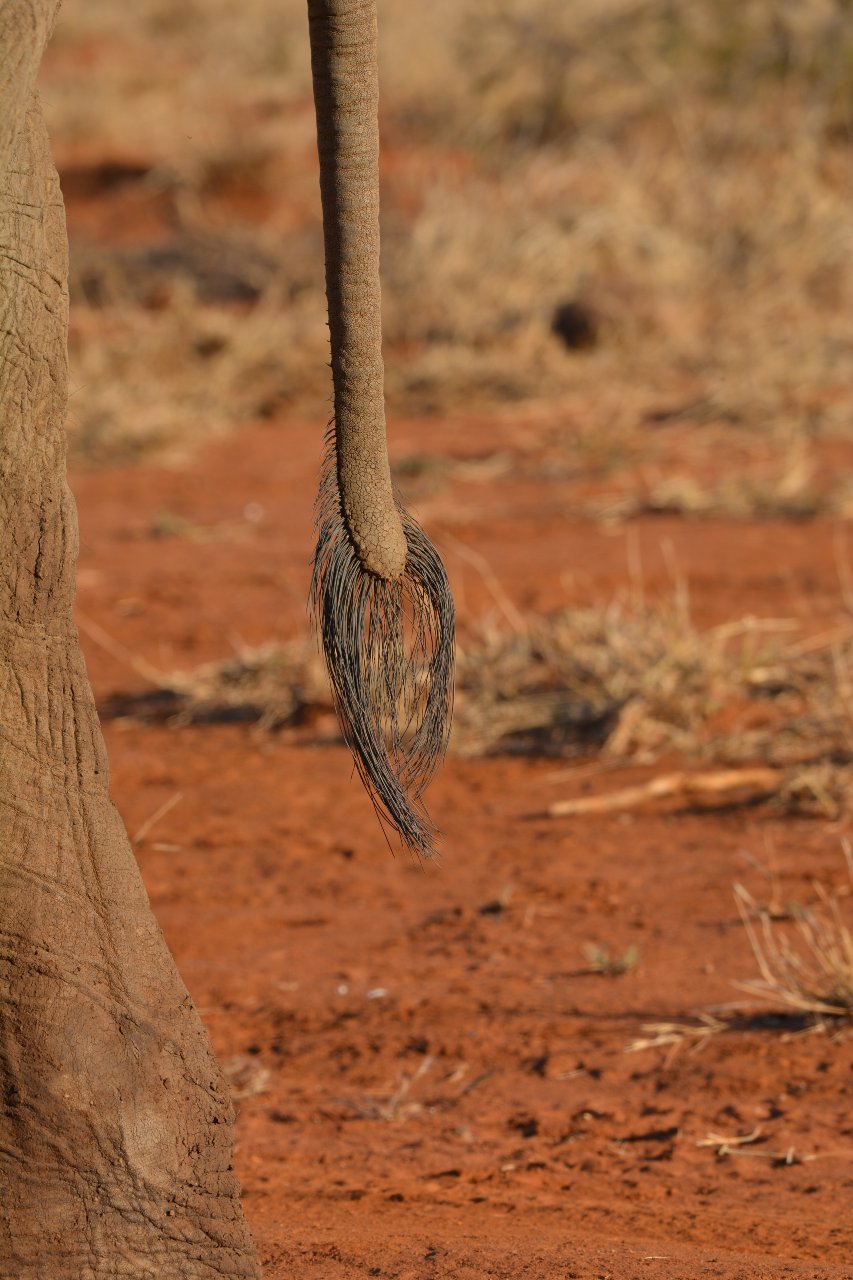

Create some context: Photos are more interesting if you capture some of the foreground and background that will enhance or detract from your photograph.


